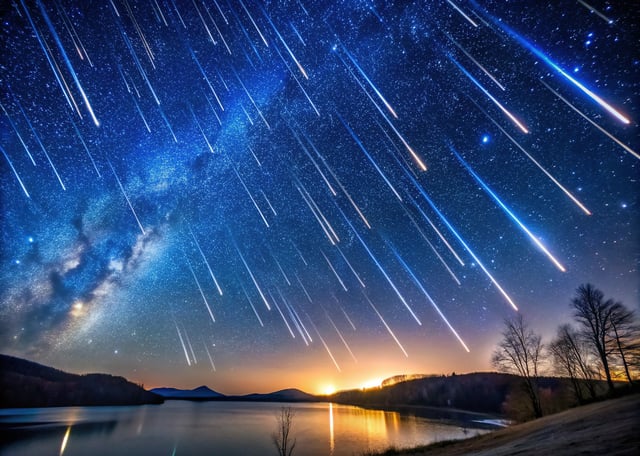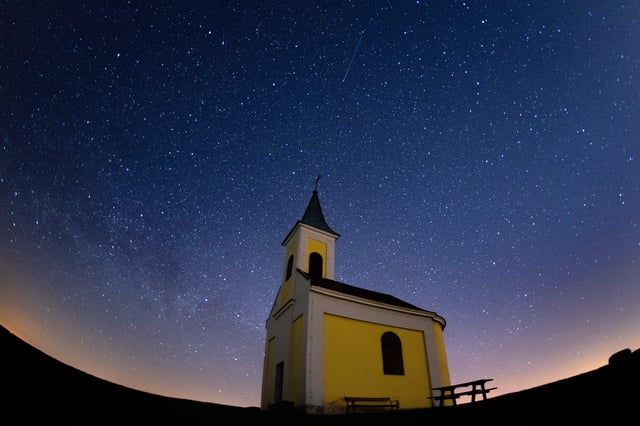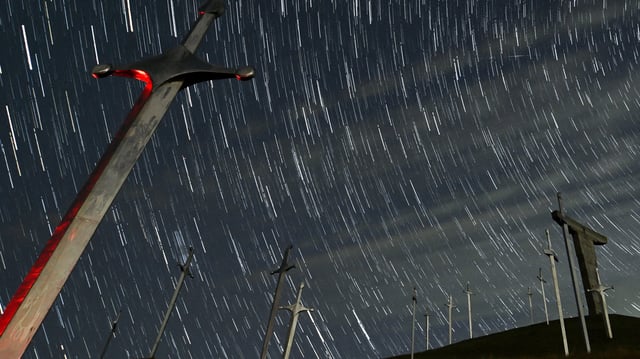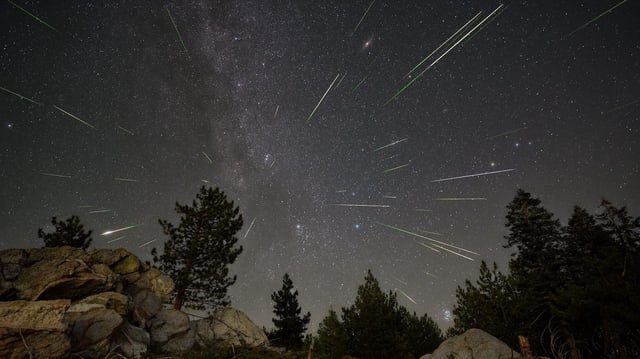Overview
- The Lyrids, one of the oldest known meteor showers, are active from April 17 to April 26, with peak visibility expected just before dawn on April 22.
- The meteors originate from debris left by Comet C/1861 G1 Thatcher, with bright fireballs occasionally visible during the display.
- Observers in the Northern Hemisphere will have the best viewing opportunities, with rates of 10–20 meteors per hour during the peak.
- Optimal viewing conditions include dark, open areas away from city lights, with at least 30 minutes for eyes to adjust to the darkness.
- Following the Lyrids, the Eta Aquarids meteor shower will begin on April 20, peaking on May 5, and is best seen from the Southern Hemisphere.



